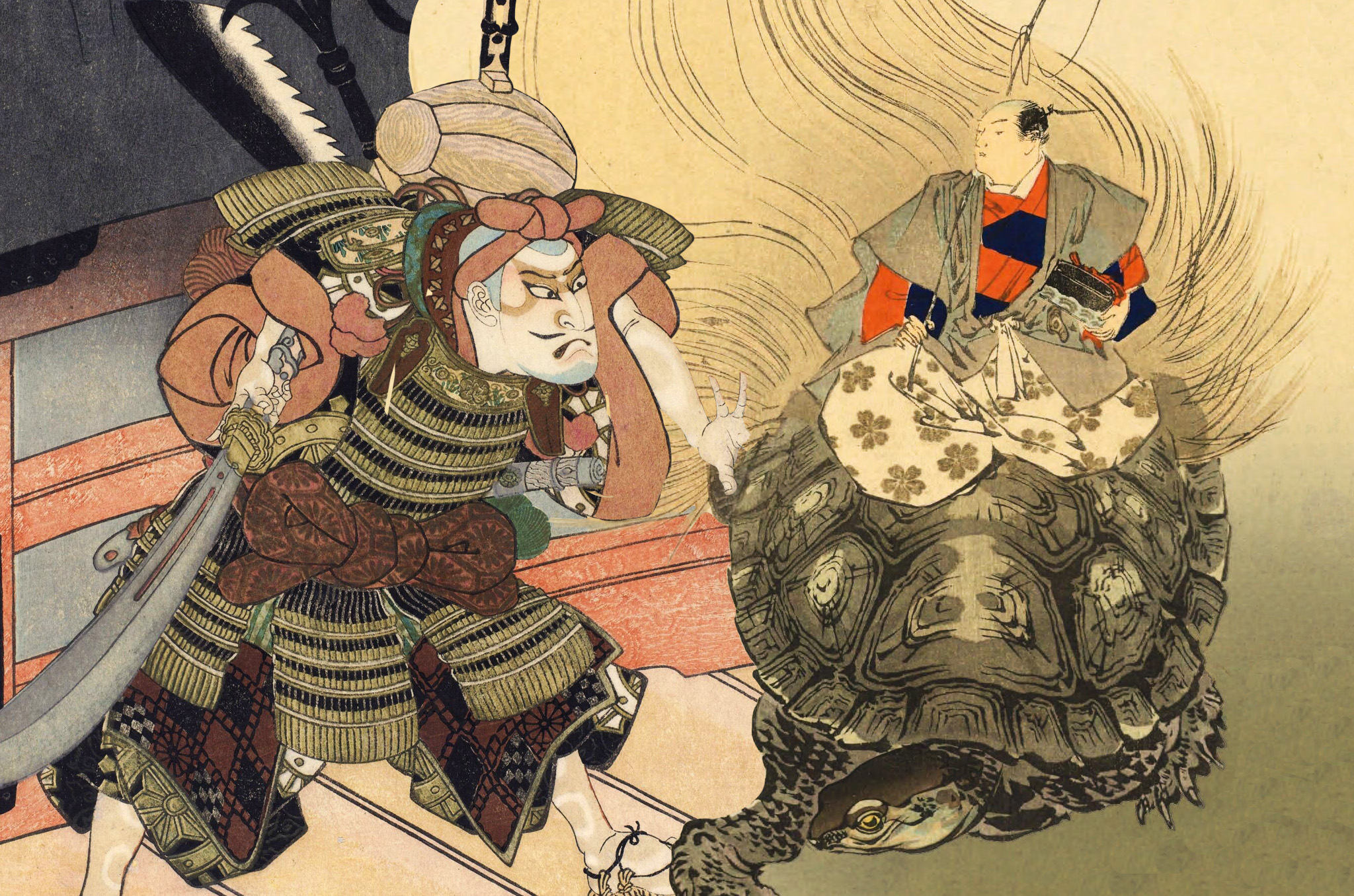On October 20, 1999, anime history was made with the premiere of the first episode of One Piece. Based on the manga by Eiichiro Oda about superpowered pirates, One Piece would go on to become a record-breaking franchise known the world over. Interestingly, though, as it became the face of modern Japanese culture, it also taught international audiences about the country’s traditional myths and legends, albeit stealthily. As we approach the quarter-century anniversary of One Piece anime, let’s look at its subtle nods to centuries-old Japanese culture.
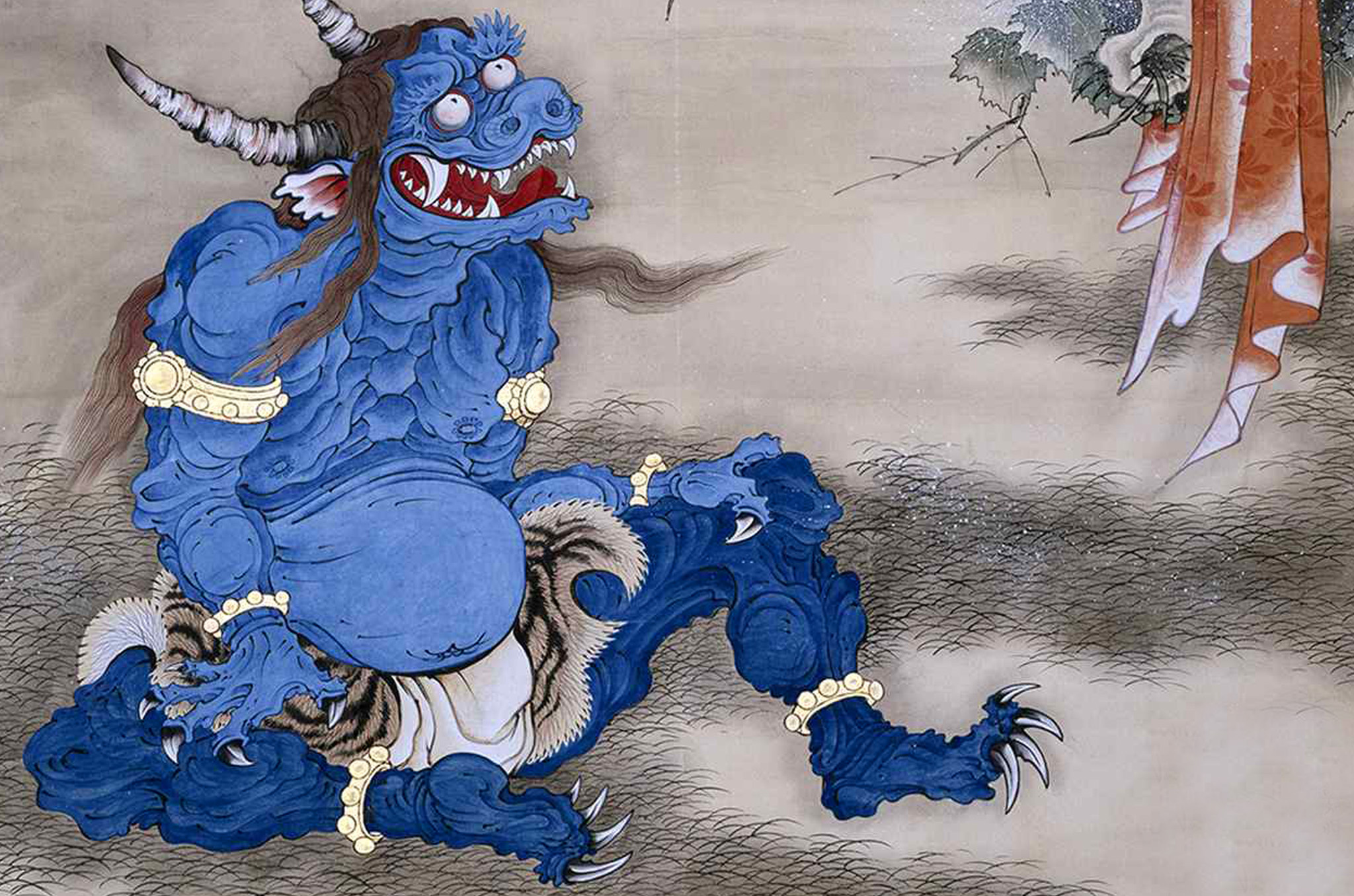
Aliases That Spell Out the Antagonists’ Motivation
The protagonists of One Piece are the Straw Hat Pirates, a collection of colorful if occasionally morally gray characters who, in the end, always choose to do good. Most other pirates don’t, with their crimes ranging from petty theft to genocide. Another antagonistic force in the anime is the Marines, the World Government’s military branch supposedly set up to protect the peace but often commit crimes themselves.
Unlike the pirates, though, the Marines see themselves as the unquestionable good guys, which is communicated early on through the code names of the original Marine Admirals: Kizaru (Yellow Monkey), Aokiji (Blue Pheasant) and Akainu (Red Dog). Those aliases weren’t translated in any official One Piece releases despite being intended as hints toward the legend of Momotaro. One of Japan’s most enduring folk heroes, Momotaro is a warrior who fights evil with the help of three talking animals he befriends on his journey, namely a monkey, a pheasant and a dog.
Momotaro’s prime enemies are oni, malevolent creatures of myth translated as “demons,” “devils” or “ogres.” And it just so happens that the strongest pirates in One Piece usually gain superpowers by eating the magical devil fruits. So, in the Marines’ eyes, they are brave heroes fighting monsters in order to make the world a better place, just like Momotaro and his animal troops. The fact that the Admirals themselves are devil fruit-users doesn’t seem to matter to them. What makes the Marines so dangerous is the blind conviction of the sanctity of their mission, and that makes for some very entertaining antagonists.
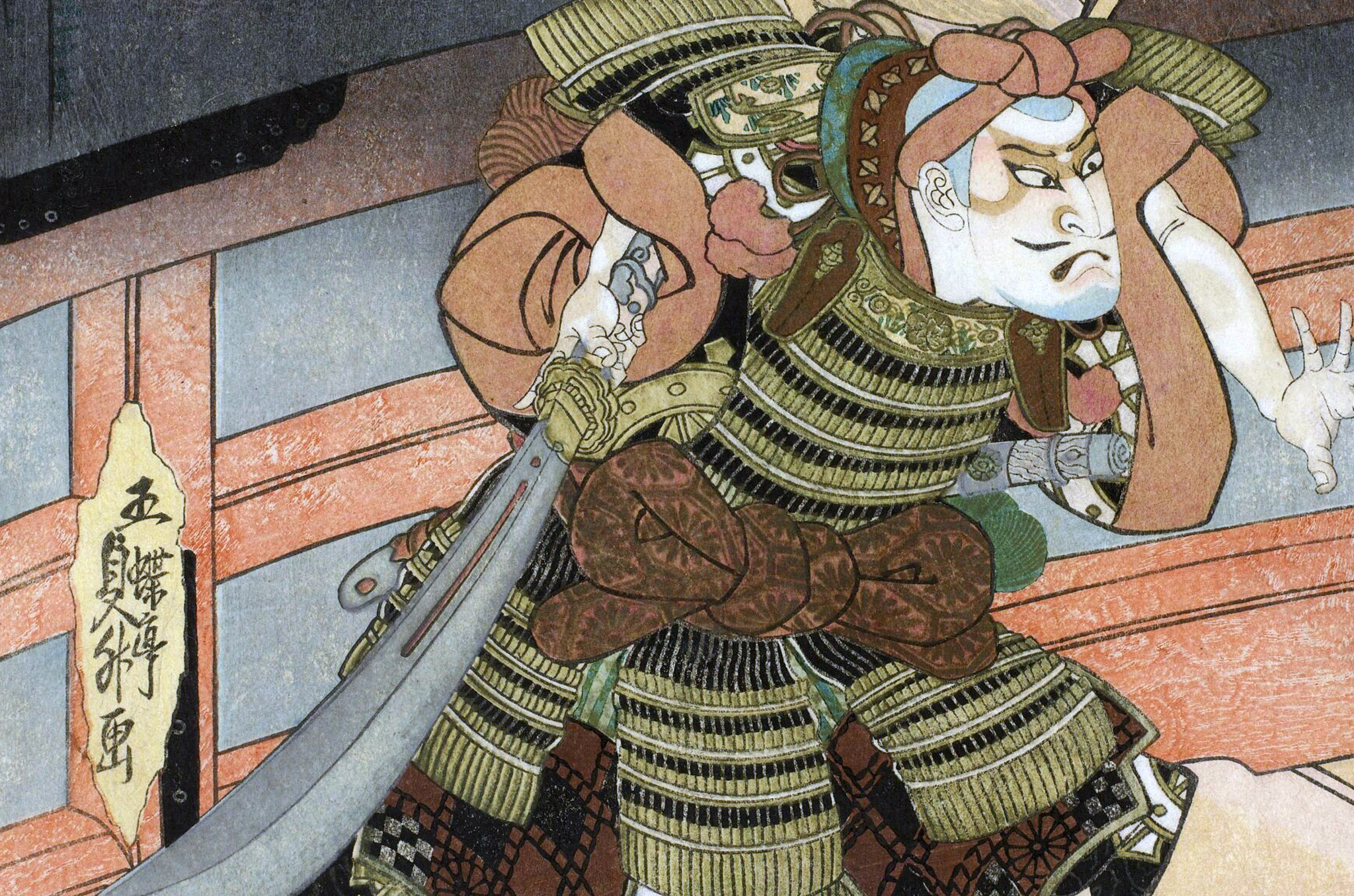
Whitebeard the Warrior Monk
One of the biggest presences in One Piece in the early days was Edward Newgate, known as Whitebeard, a 6.66-meter-tall (21-foot-10-inch) pirate who wielded a massive naginata glaive. The reason the previous sentence uses the past tense is because the character was eventually killed (sorry, but this happened over 13 years ago and thus no longer counts as a spoiler).
Then again, the manner of Whitebeard’s death was sort of spoiled early on by him simply being a mountain of a man with a naginata. In Japanese lore, there’s only one character who fits that description to a T. Or rather B, for the giant warrior monk Benkei, who once cut down 300 warriors while guarding a bridge so that his master could commit seppuku (ritual suicide) in peace.
This was sort of recreated in One Piece in the form of Whitebeard attacking the Marines to save one of his commanders from being executed. Whitebeard fought bravely but ultimately died … while standing up. His body refused to give up and crumble even in death.
According to legend, after Benkei was riddled with arrows (shot from a safe distance) like the world’s largest pin-cushion, enemy troops inspected his body and also found it standing upright. So, if you’ve seen Episode 485 of One Piece, you accidentally learned a little about the famous “Standing Death of Benkei.”
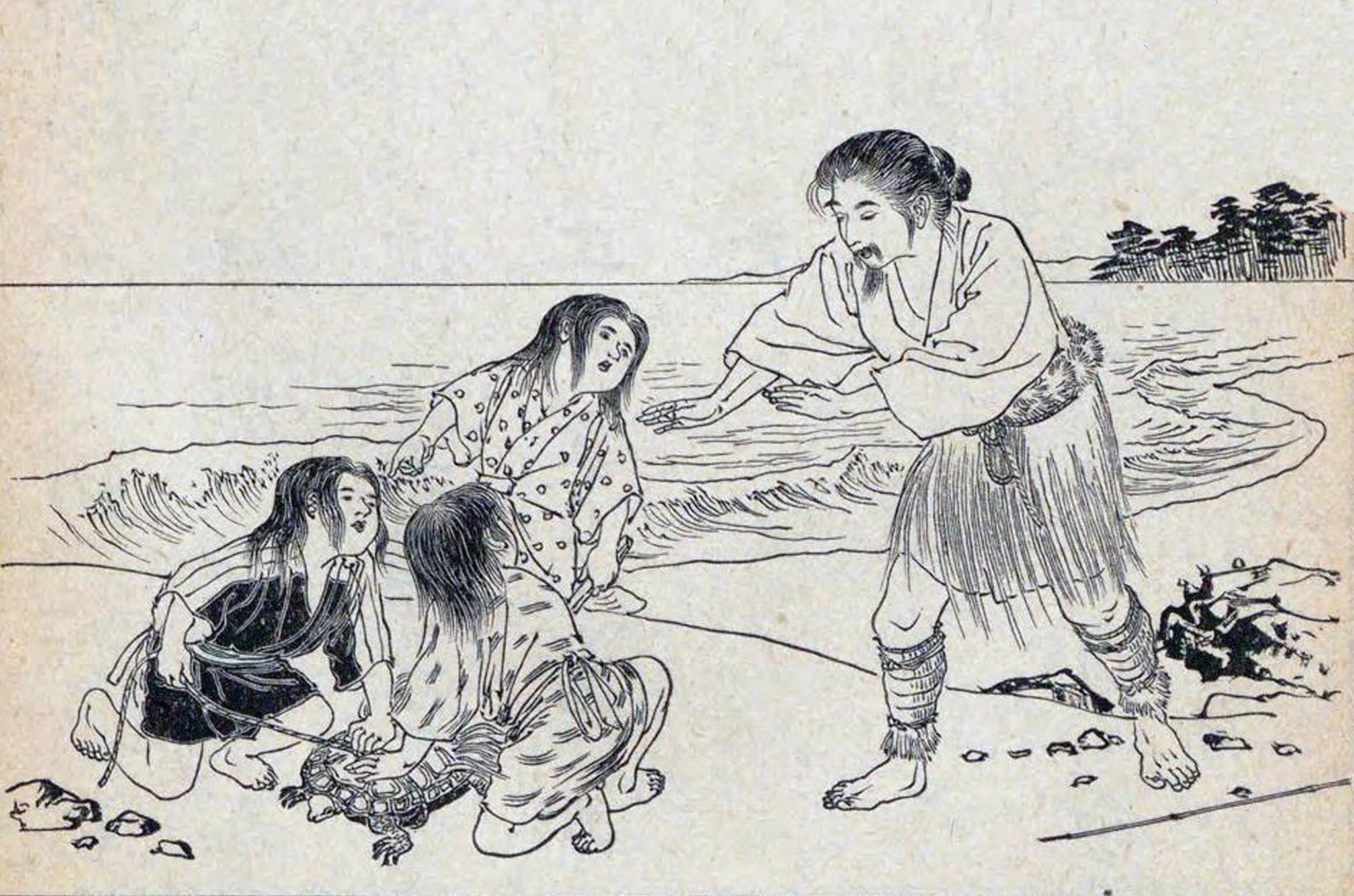
Urashima Taro: Honorary One Piece Pirate?
An important storyline in One Piece involved the Straw Hat Pirates traveling to the underwater Fishman Island ruled by King Neptune from his Ryugu Palace in what almost every Japanese person recognized as an obvious nod to Urashima Taro.
Legend goes that a humble fisherman named Urashima Taro once rescued a turtle that turned out to be the disguised daughter of the dragon Ryujin, god of the sea, a potential inspiration for Godzilla and the occupant of the underwater Ryugu Palace. In some versions of the myth, Taro marries Ryujin’s daughter, Otohime (who gave her name to Neptune’s wife in One Piece).
Speaking of Godzilla, another inspiration for the famous kaiju was the monstrous Umibozu creature, which served as the basis for the design of the Fishman Island character Wadatsumi. Incidentally, his name is also a reference to Urashima Taro, since “Wadatsumi” sounds like “Watatsumi,” the other name for Ryujin.
The Fishman Island saga even ended similarly to the tale of Taro. In One Piece, the story’s villain, Hody Jones, turned into a frail old man for reasons that I’ll get to in a moment. This is also what happened to Taro after returning to the surface and opening a mysterious box given to him by Otohime.
It turned out that his three-day stay at Ryugu Palace translated to 300 years on land, and the box contained his accumulated old age. In the anime, the Tamatebako box contained super steroids that Hody overdosed on, aging prematurely. So, the anime definitely took some liberties with the source material, but otherwise, it got a lot of details right about Urashima Taro.
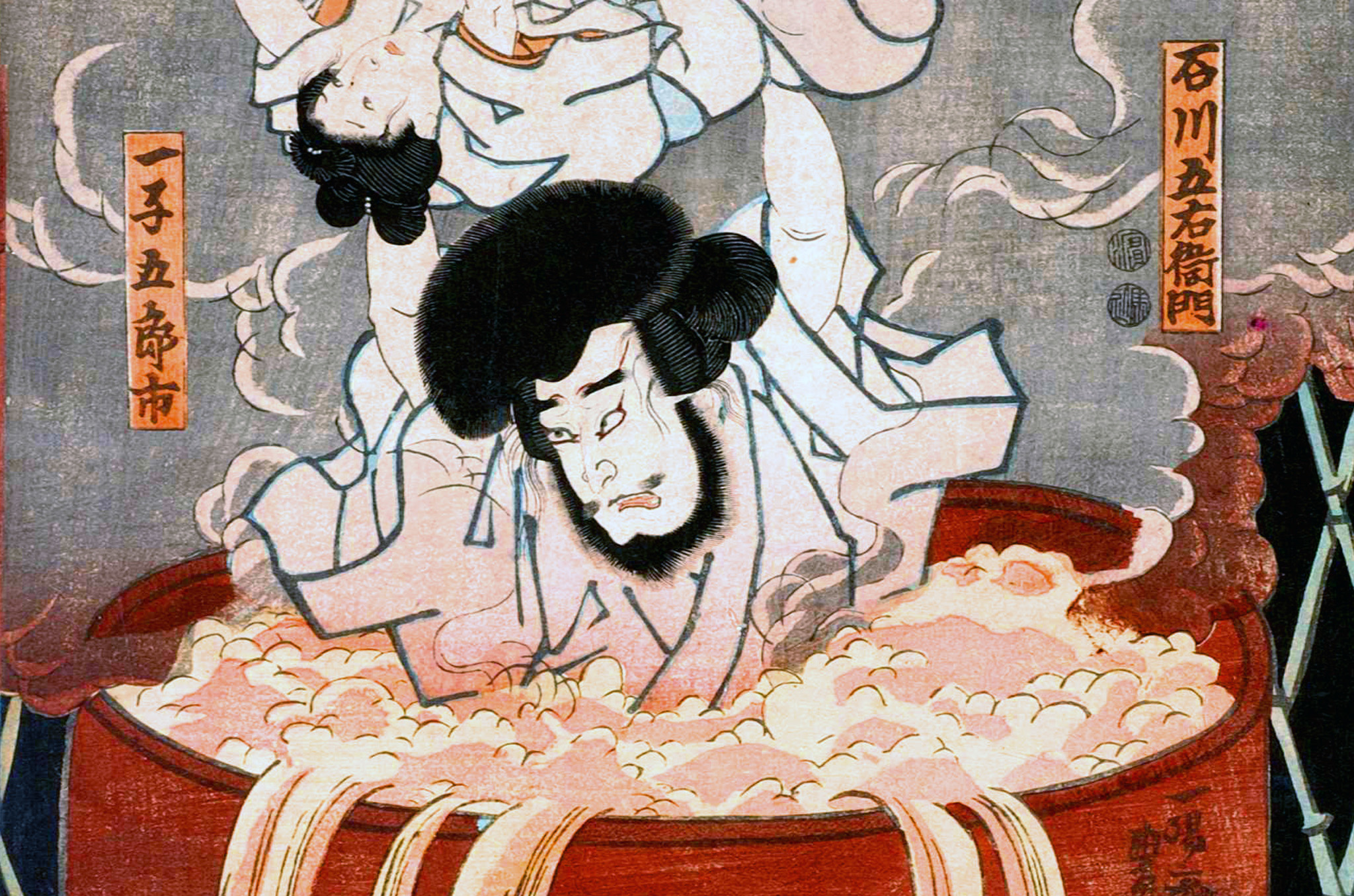
How the Wano Arc Dropped the Subtlety
A fan-favorite part of One Piece is the Wano arc, which saw the Straw Hats travel to a Japan-themed country of samurai, katana and kimono. Oda absolutely packed that storyline with references to traditional Japanese culture, this time not bothering to obscure them and even revisiting and unshrouding old favorites.
For example, the nod to Momotaro fighting evil demons was expanded with the tale of a character called Momonosuke going up against the Beasts Pirates on Oni Island, while the Benkei nod took the form of a magic fox who could transform into a giant warrior monk with a naginata attacking people on a bridge.
The most interesting reference in the Wano arc, though, involved a character called Kozuki Oden, who was sentenced to death together with his retainers by being boiled alive. To spare his vassals, he held them above him on a large platform, enduring the pain all by himself. This brutal scene was clearly inspired by the tale of Ishikawa Goemon, a semi-legendary thief who was sentenced to being boiled alive together with his son, whom he held above his head as long as he could.
The story is widely known in Japan, so any Japanese production with a boiling execution is probably paying homage to Ishikawa Goemon, meaning that there is now an undeniable link between One Piece and the historical drama Shogun, in which a person was boiled alive in the first episode.

